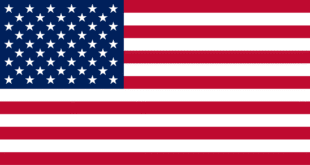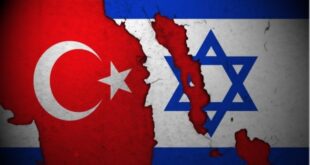Gaxan, a Kurdish festival held between 13-29 December, celebrates the return of the sun, and is a symbol of cultural defiance. In historically oppressed regions like Dersim, it represents the survival of Kurdish identity against decades of repression by the Turkish state.
Gaxan, the Kurdish solstice festival held from 13-29 December each year, has become more than a seasonal festival. Celebrated in regions such as Dersim, Diyarbakır (Amed) and Van (Wan) and among Kurdish diaspora communities abroad, it stands as a powerful symbol of cultural resilience and resistance against oppression.
Held across the winter solstice, Gaxan has been celebrated by Kurds for centuries. However, its history is intertwined with systematic suppression under the Turkish Republic, including bans on Kurdish customs, language, and festivals. Horrific events like the Dersim massacres of the 1930s, which aimed to eradicate Kurdish identity, cast a long shadow over the region. Despite this, Gaxan has persisted, evolving into a statement of survival.
Today, Gaxan is marked by traditional music, folk dances and bonfires, rituals deeply rooted in Kurdish heritage. These gatherings are not just cultural; they are political acts of defiance. In cities like Diyarbakır and Istanbul, and even in European countries with significant Kurdish populations, celebrations showcase the vibrant persistence of Kurdish traditions.
Despite ongoing restrictions and cultural erasure efforts, Gaxan endures as a testament to the Kurdish people’s determination to preserve their heritage. The celebrations, deeply rooted in collective memory, are a declaration that Kurdish identity remains unbroken.
This news was originally published by Medyanews.
 Infowelat Enformasyon Ji Bo Welat
Infowelat Enformasyon Ji Bo Welat




